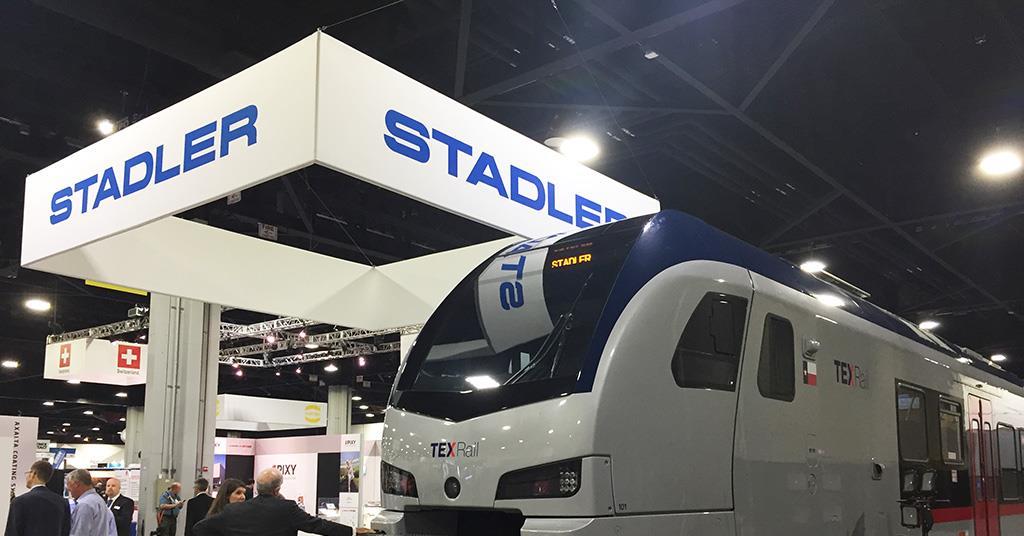steveintoronto
Superstar
^ RE: FLIRTs and diesel module: There can be between one and four diesel prime motors on those, not sure what they have on this particular model. That could/would be a massive factor if underpowered. Great for economy, but tough to get performance from just one prime mover. The consideration might have been to electrify later, or to add more muscle later. Cars can be added if more prime movers also added, only one module needed, but can be upgraded.
I see here that they have two:

 www.railwaygazette.com
www.railwaygazette.com
It may have been that since they were testing, one test is always to see what performance is with one prime motor down.
I see here that they have two:
The 130 km/h DMUs will have two Deutz TCD 16.0 V8 520 kW diesel engines complying with EPA Tier 4 Final emission standards housed in a centre module. The units provide ‘best-in-class comfort and acceleration’, Ritter said, with 224 seats with side tables and USB sockets, as well as an Americans with Disabilities Act toilet.

Stadler unveils TEX Rail Flirt DMU
USA: Stadler displayed its first US-built Flirt diesel multiple-unit at the APTA exhibition in Atlanta on October 9. Unveiling three of the six cars from the initial trainset, Martin Ritter, CEO of Stadler US, said it was the company's first 'self-propelled commuter rail train to be Federal...
It may have been that since they were testing, one test is always to see what performance is with one prime motor down.







